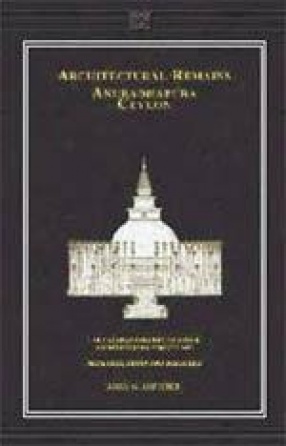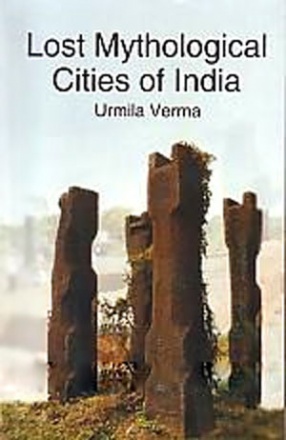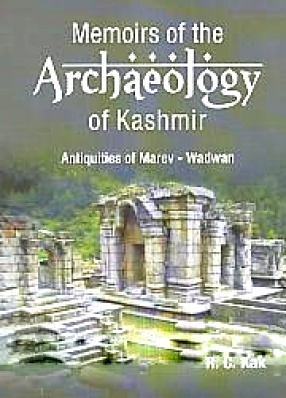Anuradhapura, the ancient capital of Ceylon, has from time immemorial been a venerated locality in the eyes of the Buddhists, it having been honoured by the visit of Gautama Buddha in person in the sixth century before the Christina era. According to the "Mahawanso" – the principal native historical record of the island—this once mighty but now ruined city owes its origin to Anuradha, a follower of Wejaya, the discarded son of one of the petty sovereigns in the valley of the Ganges, who, being expelled from his own country and refused a settlement on the coast of India, effected a landing in Ceylon in the year of Buddha’s death, B.C. 543. Having speedily made himself master of the island, chiefly by the influence of a daughter of one of the native chiefs, Wejaya assumed the sovereignty, and "founding the city called ‘Tambapanni’" (at a spot a few miles distant from that part of the west coast where he and his retinue—"seven hundred in number"—had landed), "settled there". On the demise of King Wejaya, after a reign of thirty-eight years, the seat of Government was removed to "Upatissa," a settlement which had been formed by another of his followers of that name; but eventually, King Pandukabhaya, who ascended the throne B.C. 437, made Anuradhapura his capital. It was not, however, till after the lapse of another hundred and thirty years that the religion of Buddha was established in Ceylon, and Anuradhapura became a sacred city and one of the principal seats of Buddhism in the East, which it continued to be until A.D.769, when, owing to the repeated and destructive invasions of the Malabars, the capital was removed to Pollonaruwa. During this long period of more than twelve centuries, eighty-five kings reigned at Anuradhapura, who seem to have vied with each other in works of piety and utility, and especially in the adornment of the capital city with monuments of singular magnificence, raised, chiefly, in memory of Gautama Buddha. The massive remains of these buildings attest the vast amount of labour employed upon them, not less than the skill of the Indian artists engaged on their elaborate ornamentation by carved work, which, despite the ravages of time, wilful defacement, and the disturbing agency of a tropical vegetation, stands out in bold relief on every side.
Architectural Remains: Anuradhapura, Ceylon: Comprising the Dagabas and Certain Other Ancient Ruined Structures
In stock
Free & Quick Delivery Worldwide
reviews
Bibliographic information
Title
Architectural Remains: Anuradhapura, Ceylon: Comprising the Dagabas and Certain Other Ancient Ruined Structures
Author
Edition
Reprint
Publisher
ISBN
8120608836
Length
x+66p.
Subjects





There are no reviews yet.